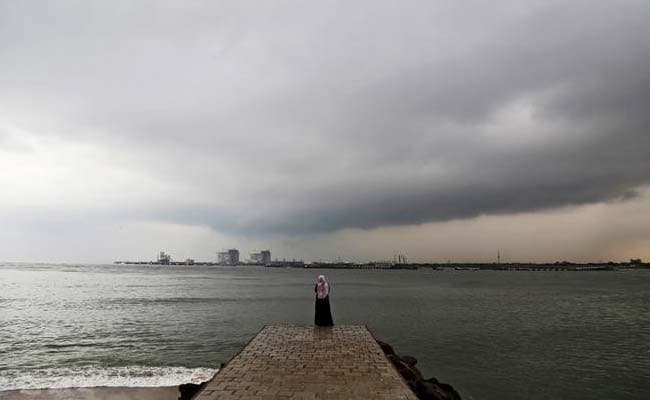Monsoon Rains Have Covered Most Of India, Rainfall Within Expectations: IMD

New Delhi: The seasonal monsoon rains have covered most of India and the amount of precipitation so far is within expectations, the head of India Meteorological Department (IMD) said, raising hopes for higher farm output after increased sowing of rice and soybean crops.
Cumulative monsoon rains have been 2 percent below average since the beginning of the rainy season in June until July 9, IMD said. However, recent rains have been heavier, as in the week to July 5, the seasonal showers were 21 percent above average, the IMD said.
“The distribution of rainfall has been good and it has followed the classical pattern, as we had predicted,” K.J. Ramesh, Director General of Meteorology at the IMD, told Reuters in an interview on Monday.
The monsoon delivers about 70 percent of India’s annual rainfall, critical for the farm sector that accounts for about 15 percent of India’s $2 trillion economy and employs more than half of the country’s 1.3 billion people. India’s farmers depend on the monsoon since half their lands lack irrigation.
In June, the IMD raised its monsoon forecast by 2 percentage points to 98 percent of the long-term average.
The IMD defines average rainfall as between 96 percent and 104 percent of a 50-year average of 89 cm for the entire four-month season. Rains between 90 percent to 96 percent are considered below average.
Rainfall below 90 percent of the average is considered a drought.
The monsoon begins at the southern tip of the Kerala coast in the south around June 1 and start ebbing from the desert state of Rajasthan in northern India in September.
While most of the country has received average rainfall, rains have been deficient over Kerala, a major producer of plantation crops such as tea and rubber, and Jharkhand in eastern India, a key rice producing state.
Even if rains are average, some areas could still have dry spells.
Farmers plant rice and soybean crops in June and July and harvest in October.
The area planted with the rice crop has gone up by 8 percent this season, while that of soybean is up 10.3 percent, data from the Ministry of Agriculture showed last week.
Higher rice output will help the world’s biggest exporter maintain its edge, while any jump in soybean production will alleviate vegetable oil imports by the world’s biggest buyer.
[“source-profit.ndtv”]

